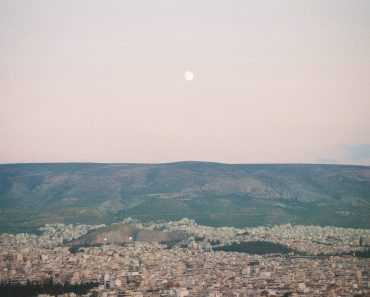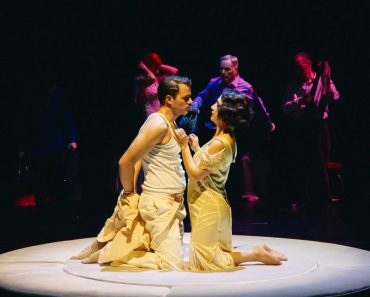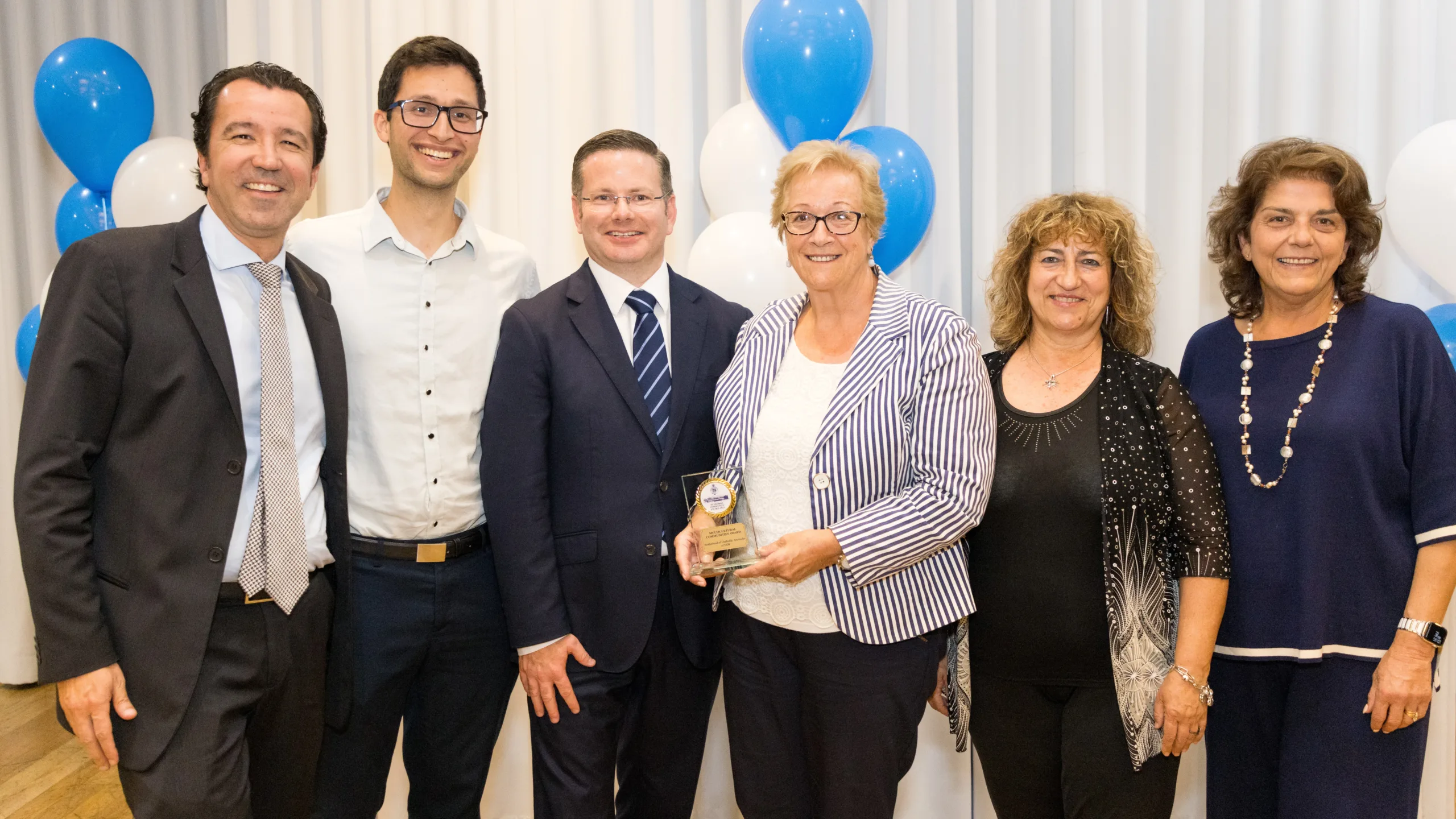Creative Mindfulness Column #2
Currently, I’m in Greece, reflecting on a transformative week at Syros Healing Waves, where I guided and participated in The Journey from Trauma to Pleasure. I taught Creative Mindfulness, my healing modality that aligns mind, body, and spirit, while also attending lectures from the world’s pioneers and leading therapists on trauma.
Trauma is an overwhelming experience that exceeds our capacity to cope, leaving an imprint on the nervous system. At its core, it is often the pain of not being seen, heard, or supported when we needed it most. Simple trauma arises from a single overwhelming event, while complex trauma results from repeated or prolonged exposure to distress, often within relationships or environments of care.
Trauma is not abstract or distant, it is lived, personal, systemic, and global. It shapes how we perceive reality, how we interact with others, and how we see ourselves. It lives within the self, families, communities, cultures, and across generations. Yet within trauma lies the most profound opportunity for awareness, healing, and transformation.
Every human being carries some imprint of trauma. Some wounds are unimaginable, loud and visible while others exist in silence, shaping our choices quietly from the shadows. Life is mysterious, placing us on paths sculpted by family systems, cultural inheritance, universal currents, and the choices we make as we move through existence.
Trauma resides deep within the human psyche, an extraordinary force of nature capable of imagining, destroying, rebuilding, and creating entire worlds. It lives in our stories and is stored in the body, revealed through flashes of fragmented memories. Yet if a force has the power to fracture the psyche, it also carries the potential to transform it. The soul holds the memory of wholeness, even when we have forgotten. It is made of the same fabric that births stars, dreams, art, breath, and love. Though trauma may splinter our sense of self, there remains something ancient and luminous within us that can awaken again.
What I know about trauma is that it is intimately tied to our very being. From personal experience, it places a cap on how we live and alters our perception of reality. I often call it “trauma drama” because of the suffering it perpetuates as pain shaped by perception. I see it in myself, in those around me, and on a global scale.
Unchecked, trauma is contagious, it spreads as a disease of fear, scarcity, and separation, narrowing life force and limiting possibility. Complex Trauma begins in childhood, and the statistics are staggering. We are rarely taught emotional regulation or genuine self-love. And by love, I don’t mean selfishness, but gratitude for the very life we possess. On a collective level, trauma demands attention and care. As communities, cultures, and societies, we must recognize the ripple effect of unprocessed pain. The conflicts and injustices we see globally are reflections of unhealed trauma projected outward.
Yet, if trauma is contagious, so too is healing. Every act of compassion, reflection, and presence holds the potential to restore equilibrium, not only within the self but across families, communities, and the wider world.
The spirit, in its mystery, holds infinite possibilities. Even when trauma seeks to diminish us, there is always potential for reclamation, for alchemizing pain into power. I know this because I have lived it. Our wounds are not just endings; they are thresholds. Each asks the question: Will you close and shrink, or will you expand and transform? Healing is not merely survival but it is creation. It is the art of turning pain into meaning, suffering into insight, and trauma into a bridge toward higher consciousness.
On a practical and science-supported level, trauma healing begins with awareness and small, consistent practices. Breath work, gentle movement, mindfulness, creative expression, and supportive community are powerful portals for reclaiming the self. They help the nervous system reorganize and move out of survival mode. Every mindful breath and every moment of observing without judgment plants a seed of presence and agency.
The human experience is a dance between suffering and creation. The path from trauma to healing is never linear, it is a spiral of awareness, surrender, compassion, and courage. It asks us to face our wounds, witness our reactions, and choose presence over avoidance. It calls us to honor our pain, to embrace it with all its rawness, and yet not be defined by it.
In that sacred tension between suffering and creation, we discover our capacity not only to survive, but to thrive. I will revisit this subject in more depth.
This is the invitation of Creative Mindfulness: to see trauma not as an endpoint, but as a doorway, and to witness pain not as a pathology, but material for transformation, a step towards evolution. To remember that the human psyche is vast and limitless. And to walk, step by mindful step, from trauma toward presence, possibility and pleasure, with kindness for ourselves, for others, and for our world.
With Love,
Agni Zotis






